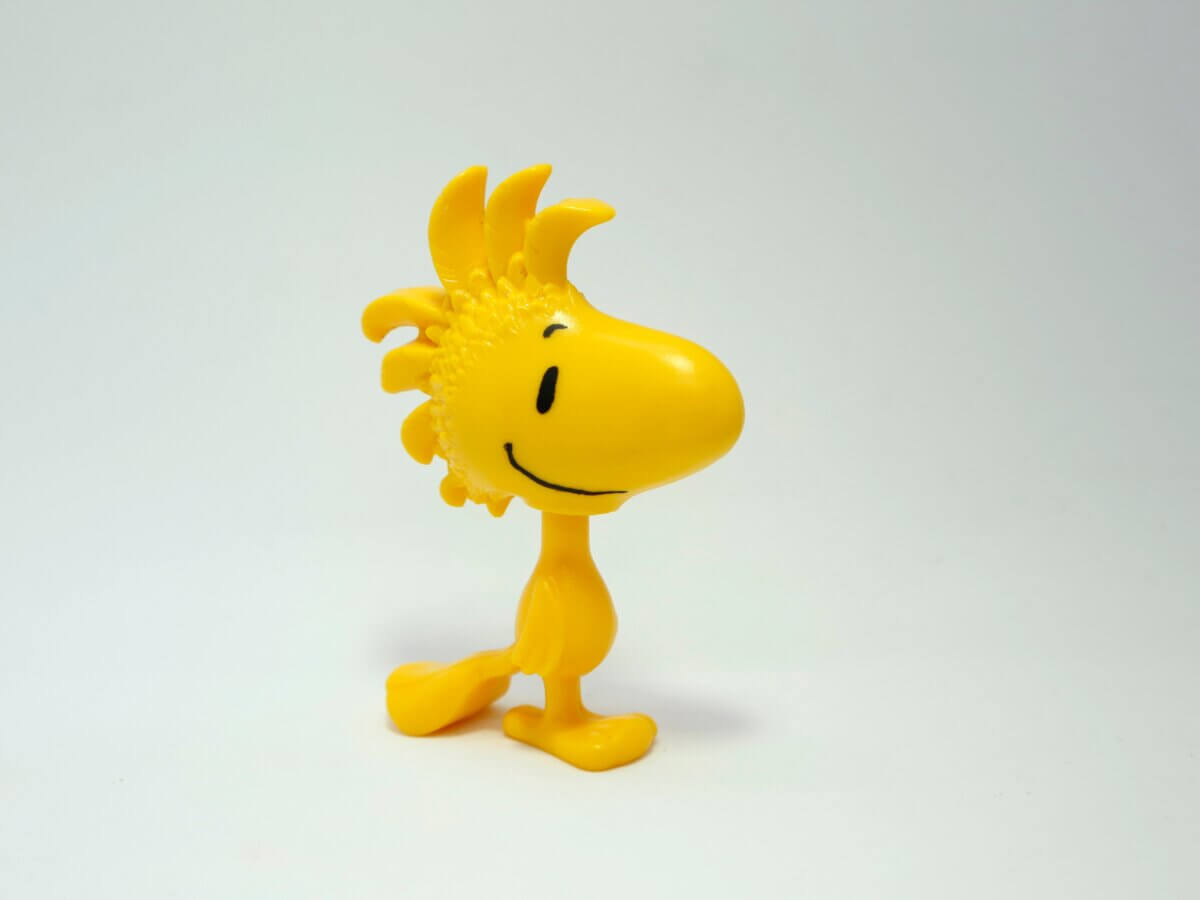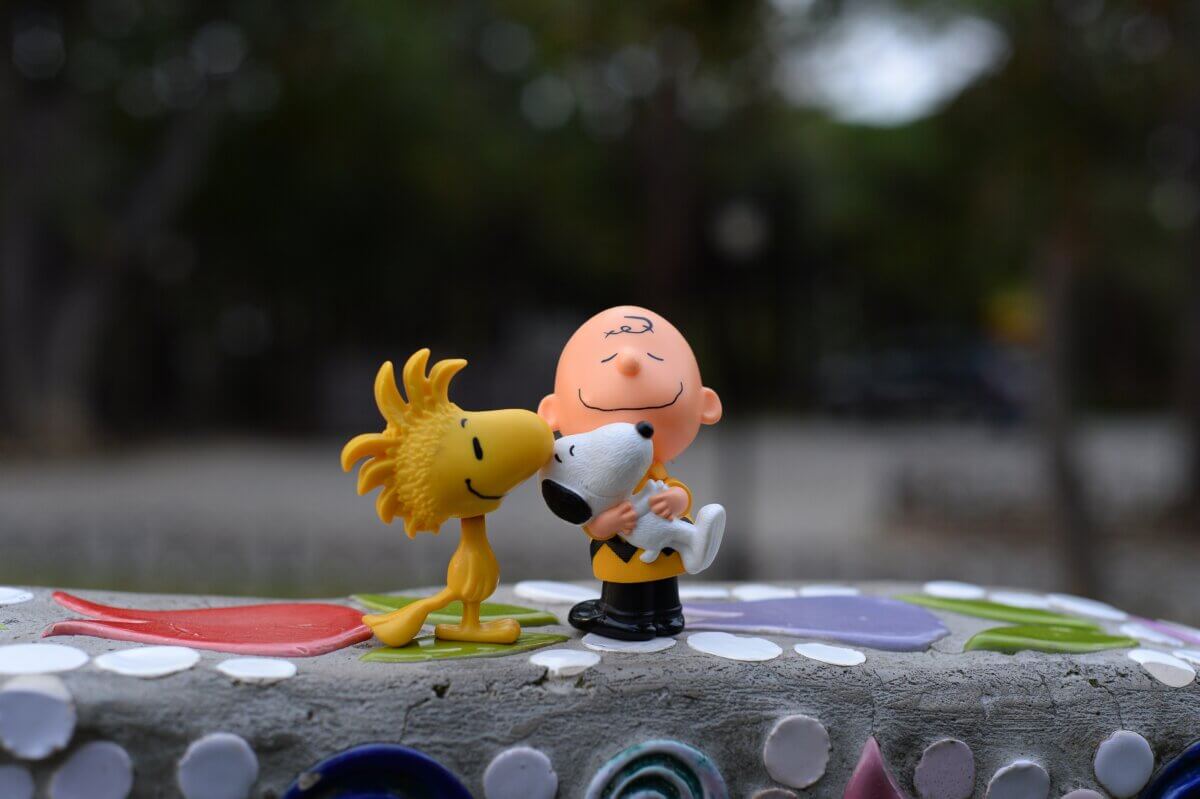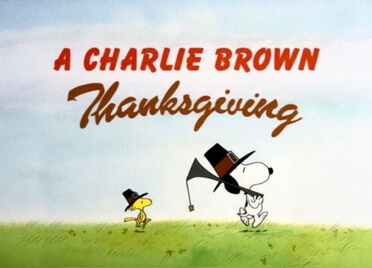COLUMBUS, Ohio — Charles Schulz’ classic comic strip “Peanuts” debuted in 1950, but readers wouldn’t meet Woodstock, Snoopy’s best friend and silent sidekick, for another 17 years. Even then, the beloved little yellow bird always by Snoopy’s side didn’t actually receive his name until 1970. Fast forward to today, and it’s common knowledge that Woodstock got his name from the iconic music festival that took place in 1969. Some have long wondered exactly why Schulz chose to use the name of an event that was synonymous at the time with younger generations, counterculture movements, and so-called “hippies.”
Now, a fascinating new book, “Blockheads, Beagles, and Sweet Babboos: New Perspectives on Charles M. Schulz’s Peanuts,” puts forth a new theory. Author Michelle Ann Abate, professor of literature for children and young adults at The Ohio State University’s College of Education and Human Ecology, says that based on her critical analysis of “Peanuts” strips featuring Woodstock, she believes Schulz wanted the Woodstock character to represent the young people of the time in a positive and affirming way.
According to the new book, Woodstock’s portrayal in the comics suggests Schulz didn’t share the sentiments of many of his generational peers. The “Woodstock generation” was often criticized and sometimes reviled by older adults during that period.
“Charles Schulz saw the young people of the time in a different light than many other people of his generation,” Abate says in a university release. “I believe you can view the character Woodstock as his critique of how young people were judged by adults of the time.”
Despite debuting three years prior, Woodstock didn’t get his name until a June 22, 1970 comic strip. While Schulz passed away in 2000, he did confirm that he named Woodstock after the music festival prior to his death. However, the legendary cartoonist was also quite cryptic about his reasoning.
Prof. Abate believes there is little room for debate that Woodstock was intended to represent the young adults of the time. She points out that Snoopy even calls Woodstock “a bird hippie” in several strips. Moreover, it is equally telling how Schulz chose to depict this “bird hippie.”
“Of all the characters in ‘Peanuts,’ Woodstock is arguably the kindest, sweetest and most unassuming,” Prof. Abate writes in the book.

Put another way, Woodstock isn’t portrayed at all how many older adults back then viewed the young people who attended the Woodstock music festival.
“The little bird is presented as innocently childlike, not immaturely childish,” Prof. Abate continues. “Both in his relationship with Snoopy and his interactions with other characters, Woodstock is good, kind, gentle, sweet and caring.”
Woodstock’s trademark communication, or lack thereof, is another clue according to the book. His speech was always shown as indecipherable “chicken scratch” in the strip, with Snoopy being the only character who could understand him.
Similarly, older adults often say that they just don’t understand the language or lingo of younger generations, complaining they “speak a different language.” Well, this is literally true in the case of Woodstock. Prof. Abate adds that it’s especially telling that Snoopy was the only character to understand Woodstock, since he calls himself “groovy” in the strip.
“Snoopy is a very sympathetic character in ‘Peanuts’ and is able to blur the lines between animals and humans, between different generations and different mindsets,” she explains.

Even before Woodstock’s first official appearance, Schulz had been using little yellow birds as a stand-in of sorts for younger generations as far back as 1964. In a series of comic strips from around that time, a group of small yellow birds engage in a series of demonstrations. What exactly the birds are so mad about is never explained (their signs just show punctuation marks or symbols). Yet, after two weeks of weekday strips, Snoopy eventually says that he always supports the “underbird.”
Prof. Abate writes that Schulz harbored a soft spot for underdogs and their struggles, including young people. Consider the “Peanuts” comic strip as a whole; when it began in 1950, it was about the struggle of young people growing up at the time – which, of course, was a very different experience compared to growing up in the 1960s and 1970s.
Prof. Abate says Charlie Brown and his friends might be called the “dour children,” while the Woodstock Generation were often referred to as “flower children.”
“In the ’50s, Schulz was presenting kids as being depressed, being anxious, being philosophical, being anything but carefree and innocent,” the author notes. “Initially, it was radical to suggest that young people weren’t all cute and innocent. And then by the ’70s it became radical to say they were.”
Still, in both cases, “Peanuts” challenged mainstream beliefs about youth and youth culture, and Woodstock was a big part of that upon his introduction.
“In the same way that the hippie movement was short-lived but enjoyed a long legacy, Schulz’s bird was physically small but had a big thematic impact … He changed one of the core messages in ‘Peanuts’,” the book reads.

Besides Woodstock, the new book also offers chapters covering other iconic “Peanuts” characters like Charlie Brown, Snoopy, and Lucy, approaching each character from a new perspective.
While it’s been over two decades since the last original comic strip was published in 2000, the impact of Schulz’s work lives on today through various Peanuts-related shows that continue to air on television and fans all over the world continuing to buy tons of merchandise.
“‘Peanuts’ has really kept a foothold in popular culture, even 20 years or so after Schulz’s death,” Prof. Abate concludes. “And more than that, it still is relevant. It is hard to imagine there is a cartoonist working today who has not been influenced in some way by Schulz and his work.”

